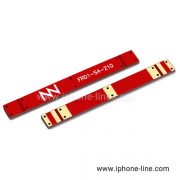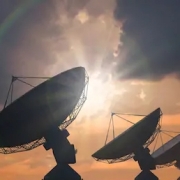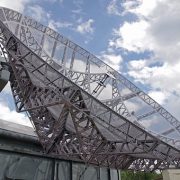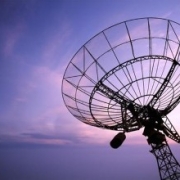Antenna introduction
In wireless communication, an antenna is an interface with an external medium that can radiate and receive radio waves. At the time of transmission, the antenna can convert the high-frequency current into electromagnetic waves and convert the received electromagnetic waves into high-frequency currents. The direction, gain and power of the antenna are all important factors affecting the performance of the antenna.
Gain is one of the important parameters of the antenna system, and the definition of the antenna gain is related to the full directional antenna or the half-wave oscillator antenna. An omnidirectional radiator is a radiator that assumes equal power in all directions, and the antenna gain in a certain direction is the field strength in that direction.
DBi represents the reference value of the directional antenna of the antenna gain relative to the omnidirectional radiator, and dBd is relative to the half-wave oscillator antenna reference value.

Polarization is a radiation characteristic that describes the spatial orientation of the electromagnetic field strength vector. Usually, the spatial orientation of the electric field vector is the polarization direction of the electromagnetic wave, and it refers to the electric field vector in the maximum radiation direction of the antenna.
The electromagnetic wave whose electric field vector remains constant at any time is called a linearly polarized wave. When the ground is used as a reference, the wave whose direction of the electric field vector is parallel to the ground is called horizontally polarized wave, and the wave perpendicular to the ground is vertical Wave.
According to the directional classification, antennas can be divided into directional antennas and omnidirectional antennas. According to the polarization form, they can be divided into single polarization and dual polarization. In different occasions, different types of antennas are used for different purposes. Different types of antennas and different installation environments have different design requirements for antenna brackets and different installation methods. These are also worthy of our attention.
With the development of global communication services, as the main means of personal communication in the future, wireless mobile communication technology has attracted great attention. How to eliminate co-channel interference and fading is worthy of attention and thinking.
HJ TECH has many years of experience in manufacturing and operation on GSM antennas. Our products have achieved ISO quality certification and meet international environmental protection requirements. If you want to know more about antenna consultation, pls visit our other columns.
From:http://www.hj-antenna.com/antenna-introduction/







Leave a Reply
Want to join the discussion?Feel free to contribute!